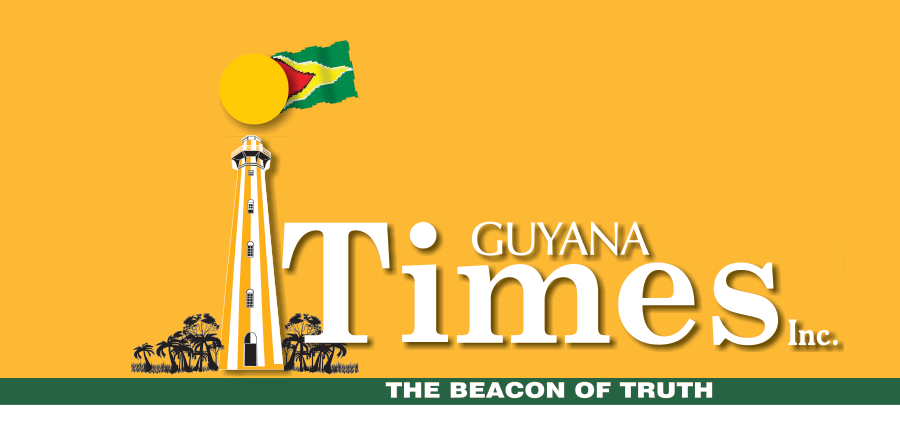The US Government, in the person of Secretary of War Pete Hesgeth, has now formalised the US military build-up and actions in the Caribbean, by giving it a name – Operation Southern Spear. Since late August, around a dozen US warships have taken position in the southern Caribbean, including destroyers, cruisers, landing craft, and a nuclear submarine. The Gerald Ford, the world’s largest aircraft carrier has been withdrawn from the eastern Mediterranean crisis region and stationed in the Caribbean as well. It brings some 60 aircraft, including F-18 fighter jets, that dramatically increases the military’s firepower in the region and boost the number of troops in Latin America to 15,000. This number of military materiel and personnel is anomalous for the task of stopping a few speedboats.
The US has also reactivated a Cold War-era Naval Station in Puerto Rico – closed since 2004 – in September when F-35B stealth fighters, Marine Corps helicopters and heavy transport aircraft began using the facility’s 11,000-foot runway. Meanwhile, one of the US guided-missile destroyers, USS Gravely docked in Port of Spain, Trinidad and Tobago, on October 26 and Marines from the 22nd Marine Expeditionary Unit started conducting training with the Trinidad and Tobago Defence Force. Port of Spain lies less than seven miles from Venezuela’s coast.
The US spokespersons – including President Trump – have refused to confirm, for obvious reasons, that this massive build-up of military forces is a precursor to a larger operation than interdicting narco-boats. However, on October 15, Pres Trump said he authorised CIA covert operations inside Venezuela and a week later said he planned to order strikes on land targets. He later amended this to say he is not considering strikes and does not believe the US will go to war with Venezuela. Most analysts, however, are convinced that – even for reasons of national credibility – the US cannot simply withdraw its fleet without removing Venezuela’s Maduro. They have asserted that he leads the drug Cartel de los Soles and is not the legitimate Head of the Venezuelan Government since he flagrantly rigged last year’s General Elections.
The consensus appears to be that the US would not attempt an invasion along the lines of that which they executed to remove the drug-trafficking leader of Panama in 1989. The Venezuelan armed forces is 26 times larger than Panama’s and the 400,000 strong Peoples Militia, led by the ideologically militant Chavista Collectivas, would most likely carry out their mission of waging a guerilla war against the Americans. Most likely, the US might confine its actions to bombing targeted locations and landing Special Forces to extract Maduro for trial in the US.
But regardless of how he is removed, the transition to a new government, democratic or otherwise, will be very traumatic and even lead to a civil war in Venezuela. As such, our leadership should be drawing up and start executing plans for dealing with some of the fallout that will inevitably affect us. Firstly, there is the certitude of another wave – or waves – of mass refugees through all the routes our security agencies should now be familiar with. We have to take control over this situation which can overwhelm us unless we do so. The excuse that we have “porous borders”, after more than a decade of a veritable invasion from Venezuela, has worn thin.
Henry Ziemer, a regional expert at the Center for Strategic and International Studies, identified another threat that must be addressed: “There is a chance that if Maduro thinks he is going down he might make a move to hit something the US cares about, such as oil platforms in the Caribbean Sea. It could be a gamble he may be willing to take that would harm US interests in the region.” Maduro recently requested modern missile systems from ally Russia with which Venezuela has a defence pact. Alexei Zhuravlev, who sits on the defence committee of Russia’s Parliament hinted that his country might even supply Oreshniks – Russia’s medium-range hypersonic ballistic missile.
Discover more from Guyana Times
Subscribe to get the latest posts sent to your email.









